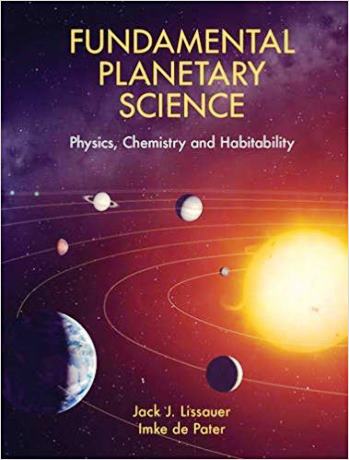Torrent details for "Fundamental Planetary Science - Physics, Chemistry and Habitability (gnv64)" Log in to bookmark
Controls:
Category:
Language:
 English
EnglishTotal Size:
73.44 MB
Info Hash:
770a6e0e1d7037f51222e0f759f387748053f03d
Added By:
Added:
16-02-2019 07:44
Views:
1,610
Health:

Seeds:
0
Leechers:
0
Completed:
55

Fundamental Planetary Science: Physics, Chemistry and Habitability
by Jack J. Lissauer and Imke de Pater
Cambridge University Press | September 2013 | ISBN-10: 052161855X | PDF | 634 Pages | 73.2 mb
https://www.amazon.com/Fundamental-Planetary-Science-Chemistry-Habitability/dp/052161855X
A quantitative introduction to the Solar System and planetary systems science for advanced undergraduate students, this engaging new textbook explains the wide variety of physical, chemical, and geological processes that govern the motions and properties of planets. The authors provide an overview of our current knowledge and discuss some of the unanswered questions at the forefront of research in planetary science and astrobiology today. They combine knowledge of the Solar System and the properties of extrasolar planets with astrophysical observations of ongoing star and planet formation, offering a comprehensive model for understanding the origin of planetary systems. The book concludes with an introduction to the fundamental properties of living organisms and the relationship that life has to its host planet. With more than 200 exercises to help students learn how to apply the concepts covered, this textbook is ideal for a one-semester or two-quarter course for undergraduate students.
CONTENTS
1 Introduction
2 Dynamics
3 Physics and Astrophysics
4 Solar Heating and Energy Transport
5 Planetary Atmospheres
6 Surfaces and Interiors
7 Sun, Solar Wind and Magnetic Fields
8 Giant Planets
9 Terrestrial Planets and the Moon
10 Planetary Satellites
11 Meteorites
12 Minor Planets and Comets
13 Planetary Rings
14 Extrasolar Planets
15 Planet Formation
16 Planets and Life
Appendices














































